Empowerment leads to revitalization
This text was produced for the Ságastallamin - Telling the Story of Arctic Indigenous Languages exhibition in 2019. Read more about the Ságastallamin exhibition.
Panel of three people: Linnea Nordström/Arctic Council Secretariat
All language rights today are the result of Indigenous communities’ hard work to sustain their languages, cultures, and identities. As the world begins to recognize the importance of Indigenous languages, opportunities for language revitalization are becoming a reality.
Indigenous Peoples started the movement to revive their languages decades ago and have had many wins in recent years. Importantly, Indigenous Peoples have influenced policy levels from local communities to international forums.
In the Arctic and elsewhere, Indigenous Peoples have established their own international networks and joined international and regional forums like the United Nations.
The Arctic Council is an important international forum where Indigenous Peoples are represented at the same table as Arctic states. Together they reach consensus on matters related to the environment and sustainable development. The six Indigenous organizations with Arctic Council Permanent Participant status have focused on Arctic Indigenous languages as a topic of cooperation, and Indigenous-driven language initiatives have been supported by the Arctic Council.
On national levels, Indigenous Peoples have convinced states to act. Some states have granted official status to Indigenous languages, such as in Greenland. In Norway, the 1998 Education Act grants children from North Sámi families the right to receive education in their native language from kindergarten to high school in the Sámi administrative area.
Growing awareness about Indigenous languages also encourages Indigenous Peoples to develop community-based revitalization initiatives. The initiatives may use childhood education, Indigenous music and dance traditions, institutions of higher education, and the Internet to connect Indigenous language speakers over vast distances and generational divides.

